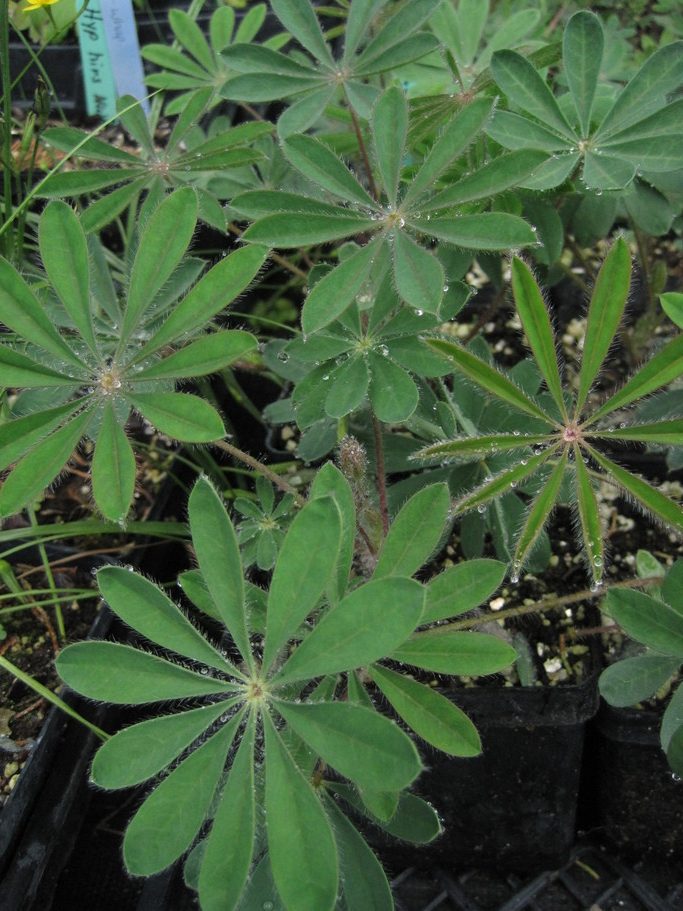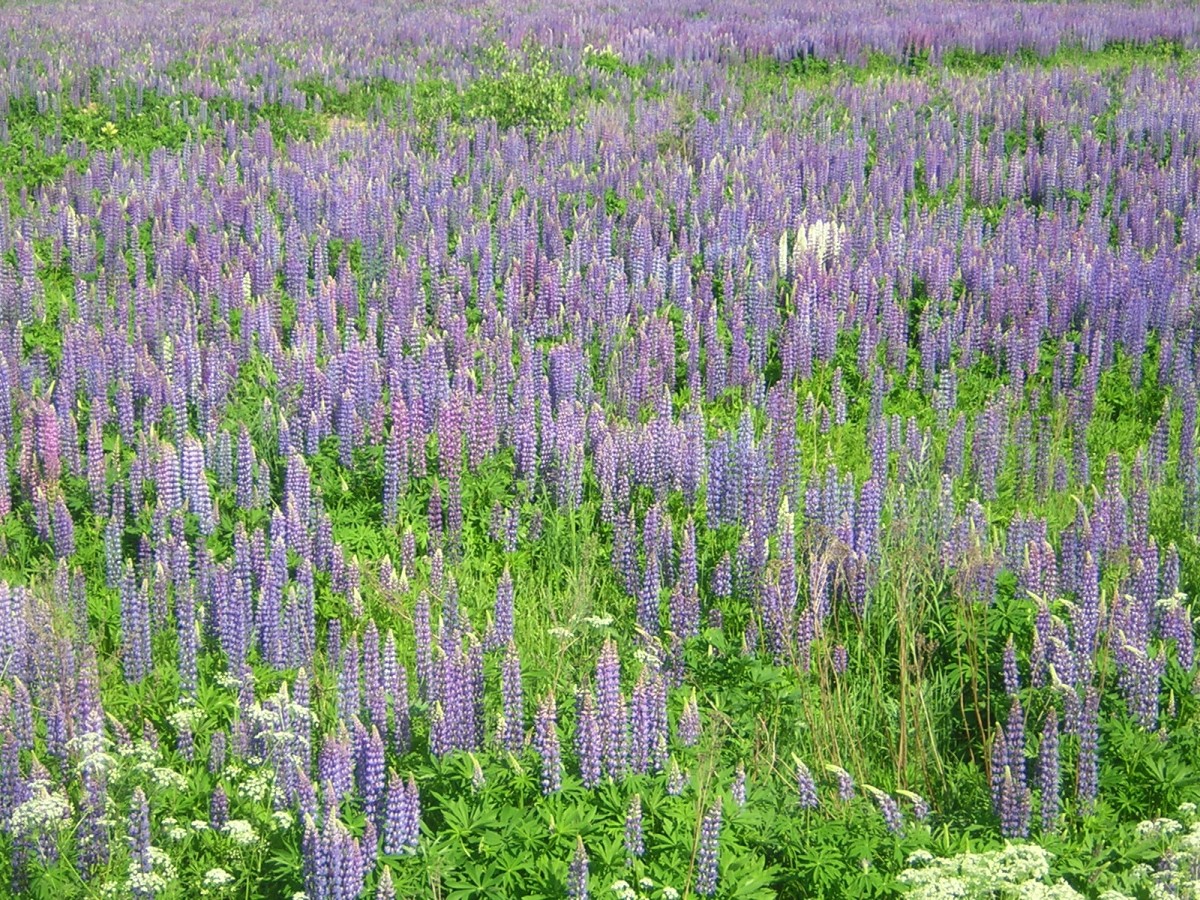Lupinus perennis
$9.89
Description
Key Information:
Soil: Xeric (Dry)
Sun: Full Sun – Part Sun
Height: 1-2 feet
Color: Dark Lavender
Bloom: May – June
More Details:
Suggested Uses: Wild Lupine is a beautiful wildflower that does well on deep, moist or dry, sandy soils. A great choice for a rock garden. Lupines are great for building soil health. They are an early successional species; they thrive on poor soils and improve them, in this case, by breaking up compacted soil and fixing atmospheric nitrogen. Plant this wildflower to help provide food for the endangered Karner Blue Butterflies! Deer resistant.
Native Range: Native to the Great Lakes and the eastern coast of the contiguous U.S. Native to eastern Minnesota.
Pollinators: Bees. Lupines are host plants for a wide variety of butterfly caterpillars – including blues, sulphurs, haristreaks and duskywings. They are the sole food source for caterpillars of the federally endangered Karner Blue Butterfly (Lycaeides melissa samuelis). They do not provide nectar for butterflies so choose some high-quality nectar producers to plant nearby! Wild lupines are also favored by the Rusty Patched Bumble Bee (Bombus affinis) which is also listed as federally endangered.
Flowers: The 1/3″ long pea-like flowers grow in a long, upright, terminal cluster 3″-7″ long.
Leaves: The leaves are palm-like with 7-11 “fingers” attached at a central point. The leaflet are up to 2″ long.
Name: The genus name “Lupinus” is derived from the Latin “lupus”, meaning wolf.
Other Name: Sundial Lupine
More information: USDA plant profile
Additional information
| Weight | 2 lbs |
|---|---|
| Size | |
| Color | |
| Characteristics | Full Sun, Partial Sun, Dry Soil, Spring Blooming, Summer Blooming, Short Height |
| Uses | Deer Resistant, Attract Bees, Attract Butterflies, Sandy Soil, Cut Flowers |
 Wheelbarrow
Wheelbarrow






